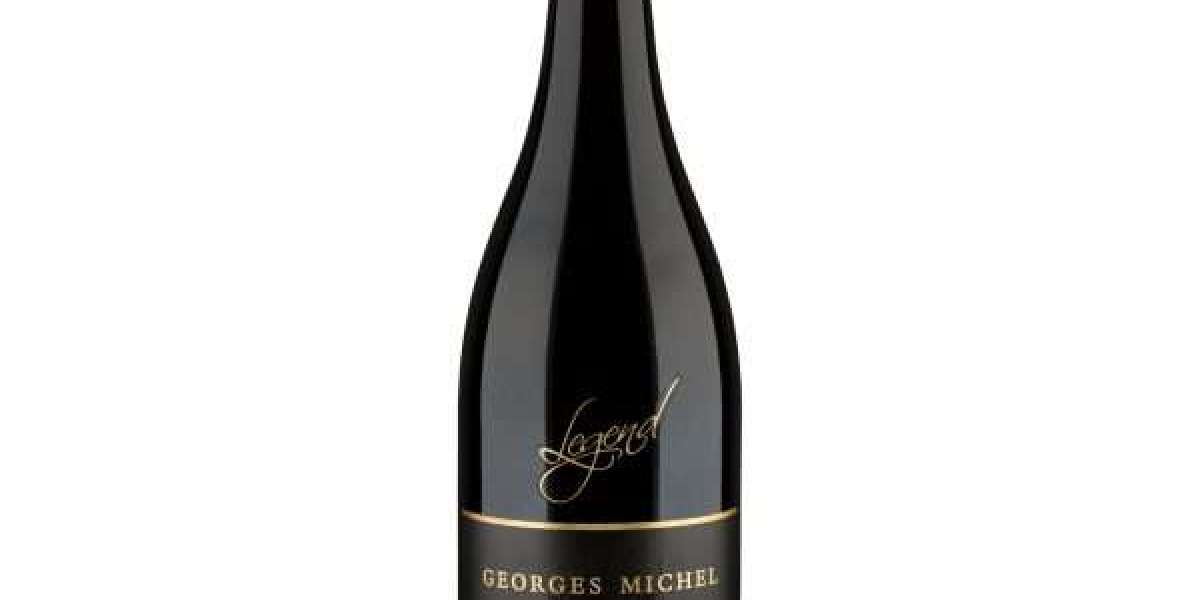Pinot Noir, often referred to as the "heartbreak grape" due to its finicky nature, is a red wine grape variety that holds a special place in the world of viticulture. Known for its delicate flavor profile, ethereal aromas, and ability to express terroir, Pinot Noir has captured the hearts of wine enthusiasts worldwide. In this blog, we will unravel the intricate process behind Pinot Noir wine crafting this enigmatic wine, exploring its journey from vineyard to bottle.
The Origins of Pinot Noir
The origins of Pinot Noir can be traced back to the Burgundy region of France, where it has been cultivated for centuries. Believed to be one of the oldest grape varieties in the world, Pinot Noir thrives in cool climate regions with well-drained soils, where it can fully ripen without becoming overripe. Its name, "Pinot," is derived from the French word for pinecone, alluding to the grape cluster's tight, pinecone-like shape.
Planting and Cultivation
Growing Pinot Noir requires meticulous attention to detail and a deep understanding of the vine's needs. Vineyards suitable for Pinot Noir cultivation are carefully selected based on factors such as soil composition, slope orientation, and microclimate. The vines are planted in rows, allowing for adequate spacing and airflow to minimize disease pressure and promote even ripening.
Harvesting the Grapes
Harvesting Pinot Noir grapes is a delicate process that requires perfect timing to capture the grapes' optimal balance of sugar, acidity, and flavor. Unlike other grape varieties that ripen uniformly, Pinot Noir clusters often exhibit variation in ripeness, requiring skilled vineyard workers to hand-pick the grapes selectively. This labor-intensive approach ensures that only the finest fruit makes its way to the winery.
Sorting and Crushing
Once harvested, the grapes are transported to the winery, where they undergo meticulous sorting to remove any damaged or underripe berries. This step is crucial in maintaining the wine's purity and quality. The sorted grapes are then gently crushed to release their juices, which will form the basis of the wine.
Fermentation
Fermentation is the process by which grape sugars are converted into alcohol by yeast. For Pinot Noir, fermentation typically takes place in stainless steel tanks or open-top fermenters, allowing winemakers to closely monitor and control the process. During fermentation, the grape skins impart color, flavor, and tannins to the wine, contributing to its complexity and structure.
Aging
After fermentation, Champagne Singapore is aged in oak barrels, where it undergoes a transformative maturation process. The choice of oak, barrel size, and aging duration can significantly influence the wine's character, with French oak imparting subtle spice and vanilla notes, while American oak lends more pronounced oakiness. As Pinot Noir ages, it softens and develops tertiary aromas, adding depth and nuance to the wine.
Blending and Bottling
Once the desired level of aging is achieved, the wine is carefully blended to achieve the winemaker's desired style and consistency. This may involve blending wines from different vineyard blocks or aging vessels to create a harmonious final product. Finally, the wine is bottled, often without filtration to preserve its natural flavors and aromas, before being sealed with a cork or screw cap.
Conclusion
In conclusion, crafting Pinot Noir is a labor of love that requires patience, precision, and a deep respect for the grape. From the vineyard to the cellar, each step in the winemaking process plays a crucial role in shaping the final product. The result is a wine that captivates the senses, evoking the essence of its terroir and the skill of its makers.
FAQs:
- What foods pair well with Pinot Noir?
- Pinot Noir pairs beautifully with a wide range of dishes, including roasted poultry, grilled salmon, and earthy mushroom risotto.
- How should Pinot Noir be served?
- Pinot Noir is best served slightly chilled, around 55-60°F (13-16°C), to preserve its delicate flavors and aromas.
- Is Pinot Noir a good wine for aging?
- Yes, many high-quality Pinot Noirs have excellent aging potential, developing greater complexity and nuance over time.
- What regions are known for producing exceptional Pinot Noir?
- Burgundy, Oregon, California (particularly Sonoma and the Russian River Valley), and New Zealand's Central Otago are renowned for their outstanding Pinot Noir wines.
- What makes Pinot Noir challenging to grow?
- Pinot Noir is notoriously finicky, requiring specific climatic conditions, well-drained soils, and careful vineyard management to thrive. Its thin skins make it susceptible to disease and sunburn, while its tight clusters are prone to botrytis and other fungal infections.








